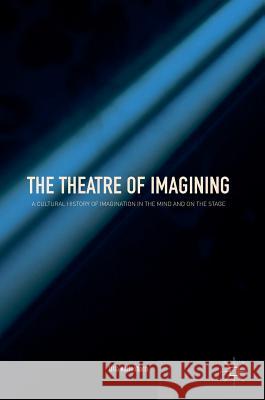The Theatre of Imagining: A Cultural History of Imagination in the Mind and on the Stage » książka
topmenu
The Theatre of Imagining: A Cultural History of Imagination in the Mind and on the Stage
ISBN-13: 9783319763026 / Angielski / Twarda / 2018 / 324 str.
The Theatre of Imagining: A Cultural History of Imagination in the Mind and on the Stage
ISBN-13: 9783319763026 / Angielski / Twarda / 2018 / 324 str.
cena 424,07 zł
(netto: 403,88 VAT: 5%)
Najniższa cena z 30 dni: 421,13 zł
(netto: 403,88 VAT: 5%)
Najniższa cena z 30 dni: 421,13 zł
Termin realizacji zamówienia:
ok. 20 dni roboczych.
ok. 20 dni roboczych.
Darmowa dostawa!
Kategorie:
Kategorie BISAC:
Wydawca:
Palgrave MacMillan
Język:
Angielski
ISBN-13:
9783319763026
Rok wydania:
2018
Wydanie:
2018
Ilość stron:
324
Waga:
0.55 kg
Wymiary:
21.01 x 14.81 x 2.06
Oprawa:
Twarda
Wolumenów:
01
Dodatkowe informacje:
Wydanie ilustrowane











